Results
-
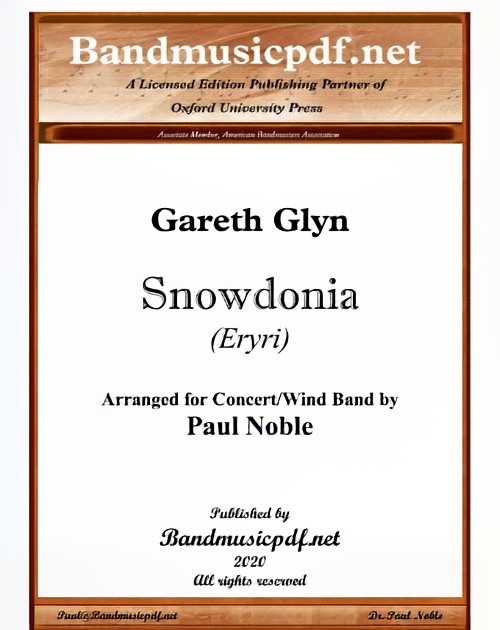 £225.00
£225.00Snowdonia (Concert Band - Score and Parts) - Glyn, Gareth - Noble, Paul
From the composer's home on Anglesey, the magnificent mountain range of Eryri ('abode of the eagles'), known as Snowdonia in English, can be seen clearly, and it is this fine view that spurred him to compose this tone-poem. Just as the mountains change from season to season, and the view alters as one climbs the slopes, there are several distinct and contrasting sections to the piece itself. First we hear the bustle and excitement of the area in summer, as tourists flock to the foot of Snowdon; then an impression of the confident striding of those setting off to climb. After a brisk climax, the codetta to the energetic theme becomes the basis of a new, folk-like, idea which develops into a majestic anthem suggesting the grandeur of the mountain-range. The famous little train of Snowdon is brought to mind by a repetitive, mechanical idea which leads to a section combining both the main themes of excitement and grandeur, and to a powerful climax. Then, after a moment of silence, the atmosphere changes completely. Here is the ineffable solitude - and timeless beauty - of Snowdonia; but from the cellos (saxophone) we soon hear the folk-like theme slowly re-asserting itself, resolving into a peremptory fanfare which leads back to the opening mood and a return of the opening theme. But the final word is given to the 'solitude' motive, now transformed into a resolute chorale representing the eternal permanence of these extraordinary mountains.
Estimated dispatch 7-14 working days
-
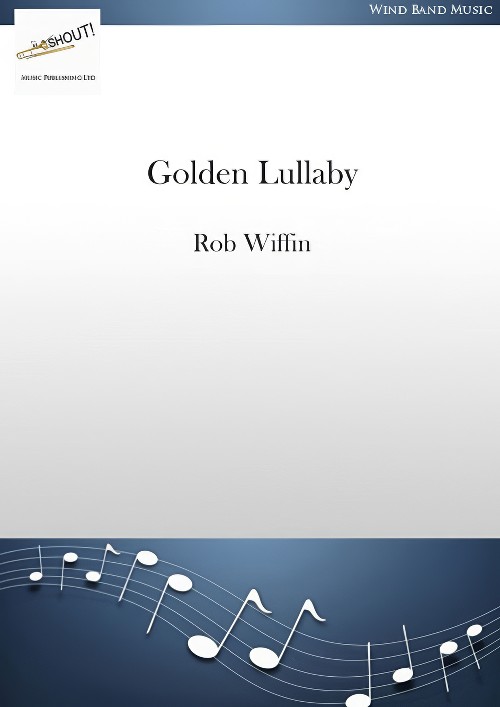 £36.95
£36.95Golden Lullaby (Concert Band - Score and Parts) - Wiffin, Rob
This lyrical little piece started life as a song on the subject of gold but I wanted to see if it would stand alone as an instrumental piece. The gentle lilt of the melody suggests a lullaby although the texture of the piece builds in an un-lullaby-like fashion towards the end. There is a little 'white-note' dissonance but it is basically traditional in its language. Duration: 3.40
Estimated dispatch 7-14 working days
-
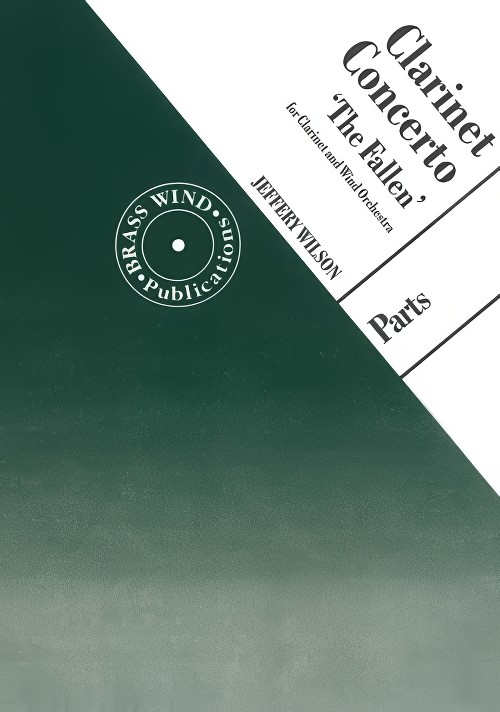 £80.00
£80.00Clarinet Concerto (The Fallen) (Clarinet Solo with Concert Band - Score and Parts) - Wilson, Jeffery
The three movements are 'Conflict', 'The Fallen' and 'Resolution', themes that are freely interpreted musically. In 'Conflict', the solo clarinet begins with an ascending figure based on octave leaps, while the accompaniment contrasts with marcato quavers and harsh dissonances. The melody features seventh intervals, and while the movement is marked 3/4 the accompaniment is often 6/8. This is more evident in the second theme where the clarinet line moves much more by step. The development takes these ideas and the cadenza comes from yet more conflict between the now calm clarinet and dissonant clashes in the accompaniment. 'The Fallen' is the slow movement and poignantly features notes from 'The Last Post' in the opening and a beautiful working of 'David of the White Rock' later on. The final movement 'Resolution' is a Rondo in 6/8, brighter but with hints of the initial conflict through the sevenths in the meno mosso sections which interrupt the flow. Another long cadenza takes short ideas from the piece before the work comes to a triumphant end with all four E notes across the whole range, echoing the beginning. Wilson set out to write a concerto for a versatile instrument and has found ways to exploit its capabilities while keeping tonal centre. There are frequent altissimo notes within all three movements. Wilson does use the very low notes, most notably in the cadenzas, but much of the work is high, presumably to allow the clarinet to carry over the wind band accompaniment. A good command of all notes right up to A sharp an octave above the stave is needed, plus technique to travel to and from altissimo notes (legato). The piece is around 25 minutes long. Printing is clear and the piano accompaniment comes as a spiral bound volume.
Estimated dispatch 7-14 working days
-
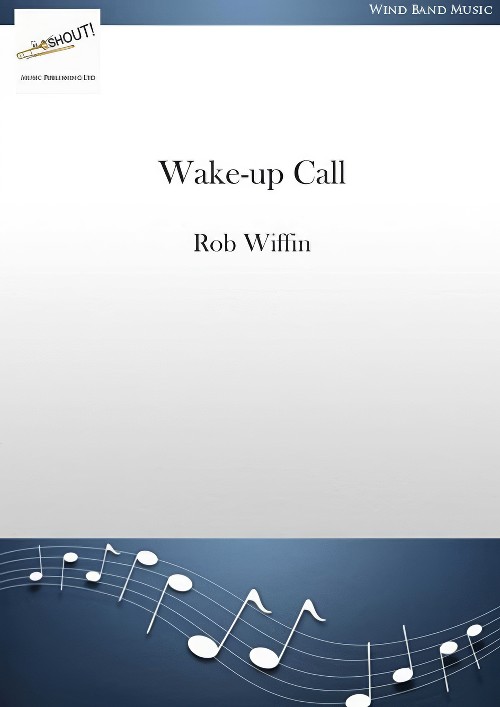 £44.95
£44.95Wake-up Call (Concert Band - Score and Parts) - Wiffin, Rob
Wake-up Call is an exciting concert opener. Propelled out of bed at 6 am. by the raucous wake-up call, we are immediately caught up in the manic impetus of the day. The music progresses through several changes of mood linked by the 7/8 theme but the high energy never drops. There are rhythmic challenges in this vivacious concert opener and everyone gets something to play, but the technical challenges are not extreme.Duration: 4.45
Estimated dispatch 7-14 working days
-
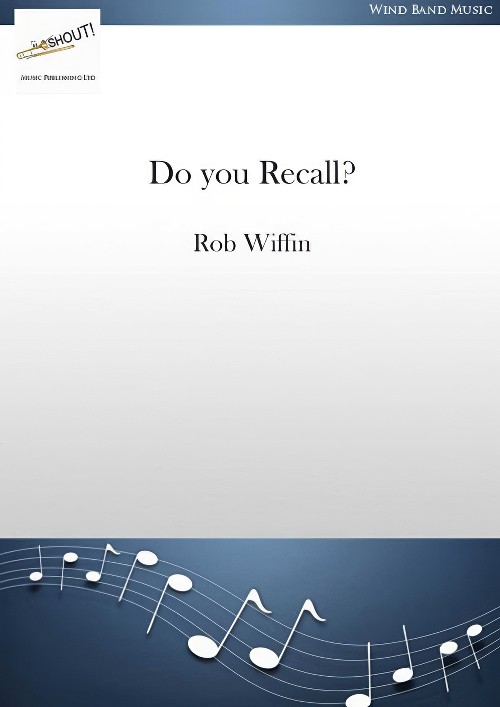 £36.95
£36.95Do you Recall? (Trombone Solo with Concert Band - Score and Parts) - Wiffin, Rob
A slow, bluesy solo for trombone with wind band accompaniment. Like many people, I took the opportunity offered by the COVID lockdown in the Spring of 2020 to sort through old paperwork. I discovered a lot of songs that had not seen the light of day for many years and were mostly written with just the melody and chord symbols. Some offered the potential of becoming instrumental solos with a combination of heart-on-the-sleeve melodies the like of which I would not write now, together with maybe a greater sophistication in the instrumental writing. I had the notion in the back of my mind that 'Do you recall?' would work as a trombone solo but it seemed to fight me all the way. However, once finished it has proved to appeal to trombonists and has already been recorded by Brett Baker. It is not intrinsically difficult but needs a sense of the appropriate slow swing style and good control throughout the range. - Rob Wiffin. Duration: 4.15
Estimated dispatch 7-14 working days
-
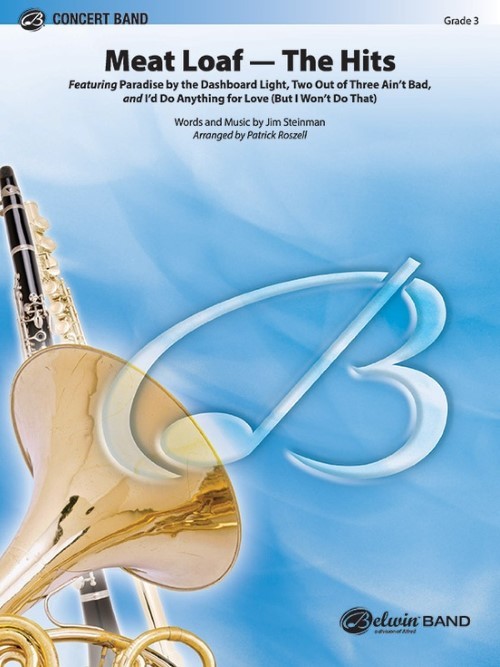 £77.00
£77.00Meat Loaf - The Hits (Concert Band - Score and Parts) - Steinman, Jim - Roszell, Patrick
He's big and over the top in his music and his performances. Three memorable hits written by Meat Loaf's longstanding songwriter Jim Steinman including, "Paradise by the Dashboard Light," "Two Out of Three Ain't Bad," and "I'd Do Anything For Love But I Won't Do That," compose this feel-good medley. Like his performances, go big and over the top, but be sure to have fun!Duration: 6:00
Estimated dispatch 7-14 working days
-
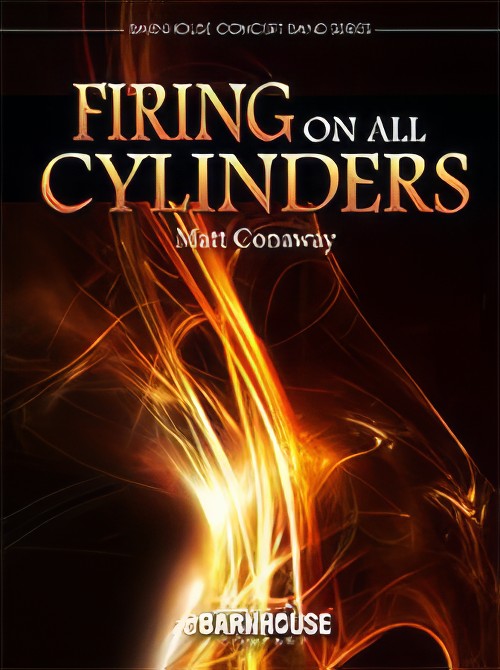 £124.00
£124.00Firing On All Cylinders (Concert Band - Score and Parts) - Conaway, Matt
Firing On All Cylinders begins calmly enough, but soon gives way to a relentless, pulsating groove that will captivate your audiences and performers! Dynamic and percussive, Matt Conaway takes the listener on a rhythmic journey that builds in intensity to an explosive conclusion. Challenging, but well worth the effort. This should get your strongest consideration as an exciting concert closer! Duration: 6.00
Estimated dispatch 7-14 working days
-
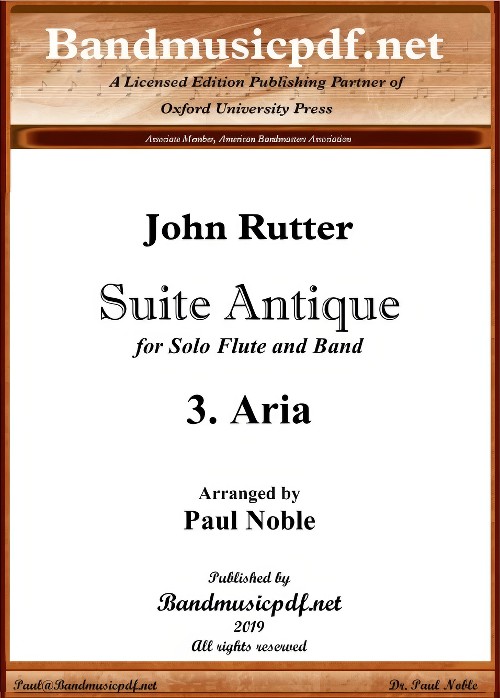 £75.00
£75.00Aria (from Suite Antique) (Flute Solo with Concert Band - Score and Parts) - Rutter, John - Noble, Paul
Suite Antique is a 1979 concertante work by John Rutter that is written for harpsichord, flute and string orchestra. Rutter composed the piece, in six movements, for a concert at which Bach's fifth Brandenburg concerto was to be performed, and so decided to write the piece for the same ensemble. This arrangement for Concert/Wind Band and Solo Flute adheres to the original presentation, but is expanded for a full band accompaniment to the solo flute. The harpsichord is optional, being cued elsewhere, but may be performed as in the original score by either harpsichord or an electronic keyboard with a similar setting. A jazz drumset is optionally included in the fourth (jazz waltz) movement, and other percussion discretely added in other movements. It is exciting to hear earlier musical forms brought into today's music appreciation, and this setting of a flute solo with band is especially refreshing for both soloist and band.
Estimated dispatch 7-14 working days
-
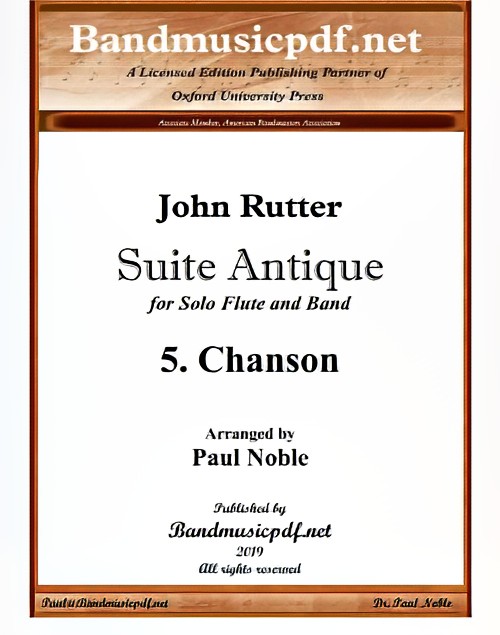 £95.00
£95.00Chanson (from Suite Antique) (Flute Solo with Concert Band - Score and Parts) - Rutter, John - Noble, Paul
Suite Antique is a 1979 concertante work by John Rutter that is written for harpsichord, flute and string orchestra. Rutter composed the piece, in six movements, for a concert at which Bach's fifth Brandenburg concerto was to be performed, and so decided to write the piece for the same ensemble. This arrangement for Concert/Wind Band and Solo Flute adheres to the original presentation, but is expanded for a full band accompaniment to the solo flute. The harpsichord is optional, being cued elsewhere, but may be performed as in the original score by either harpsichord or an electronic keyboard with a similar setting. A jazz drumset is optionally included in the fourth (jazz waltz) movement, and other percussion discretely added in other movements. It is exciting to hear earlier musical forms brought into today's music appreciation, and this setting of a flute solo with band is especially refreshing for both soloist and band.
Estimated dispatch 7-14 working days
-
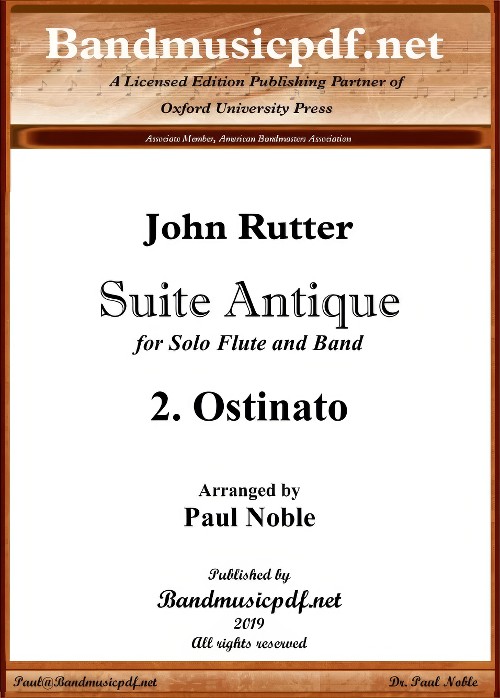 £90.00
£90.00Ostinato (from Suite Antique) (Flute Solo with Concert Band - Score and Parts) - Rutter, John - Noble, Paul
Suite Antique is a 1979 concertante work by John Rutter that is written for harpsichord, flute and string orchestra. Rutter composed the piece, in six movements, for a concert at which Bach's fifth Brandenburg concerto was to be performed, and so decided to write the piece for the same ensemble. This arrangement for Concert/Wind Band and Solo Flute adheres to the original presentation, but is expanded for a full band accompaniment to the solo flute. The harpsichord is optional, being cued elsewhere, but may be performed as in the original score by either harpsichord or an electronic keyboard with a similar setting. A jazz drumset is optionally included in the fourth (jazz waltz) movement, and other percussion discretely added in other movements. It is exciting to hear earlier musical forms brought into today's music appreciation, and this setting of a flute solo with band is especially refreshing for both soloist and band.
Estimated dispatch 7-14 working days
